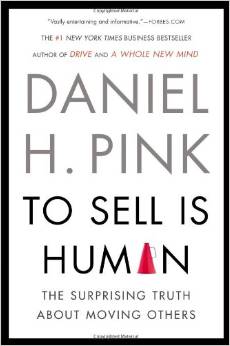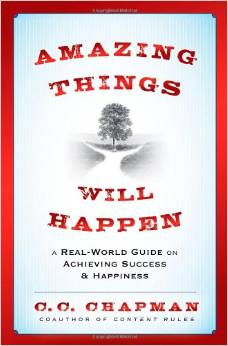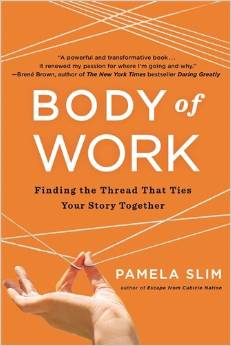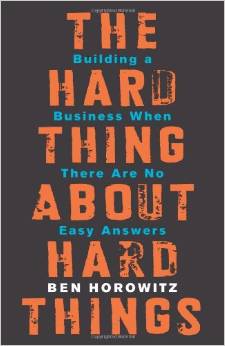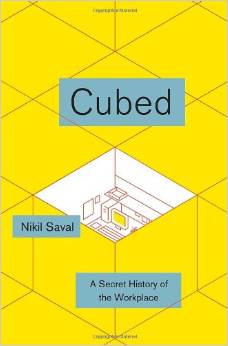Enterprise Software For Patients
Most readers know that an EMR (electronic medical record) is the back-end software that runs a healthcare organization (think ERP for healthcare). EMRs have been around for a while. Recently most large hospitals and health systems have begun building out the patient-facing version of their EMR; allowing patients to communicate electronically with their doctors, refill prescriptions, schedule appointments, view clinical information, etc. I've written at length about the differences between B2B software and B2C software and how B2B software is generally not very good (particularly from a usability perspective). And it's not very good simply because it can get away with not being very good. B2B companies really just need a good salesperson that can lock-in long-term contracts to be successful.
B2C companies, on the other hand, need an incredible product to be successful. If your user experience isn't flawless, you cannot survive in the B2C space. The switching costs for consumers are near zero -- the user experience must be incredible. Product is much more important than distribution.
Applying this to healthcare, if you're a hospital and your EMR is hard to use, your employees will still use it because they have to.
But if your patient portal is bad you will lose patients instantly. It's too easy for patients to switch to something else.
The Healthcare Information and Management Systems Society (HIMSS) published a good report last month talking about patient portals. They noted that despite the difficulty of building a wonderful online consumer experience and the totally different skill set required to execute on it, 80% of hospitals surveyed chose their patient portal vendor simply because it was the same vendor that provides their EMR (the top three portals are made by Epic, Cerner and McKesson). All of these vendors have been building B2B enterprise software systems for more than 30 years. They're all wonderful companies. But they have no idea how to build a patient facing product. Their management, engineering talent, sales force, culture and DNA is all about B2B. They have almost no chance of building a world class consumer product. That's not a knock on these companies, it's just reality. You can't be really good at both.
As we transition to a world where the patient is in the drivers seat, exposing patients to old fashioned enterprise software code is a terrible idea. Hospitals shouldn't let a piece of software touch their customers unless it's been vetted and tested fully and it's clear that patients love it. If you check out the satisfaction scores for most patient portal apps you'll find that most patients despise them (one of them had 2,000 reviews in the iOS app store and more than 1,500 of them were only 1 star).
Patients are becoming consumers. They want slick, easy, mobile, beautiful, simple and seamless web experiences. If the software that touches patients doesn't give them that they're going to go somewhere that does.
Now, in defense of these hospitals let it be known that there aren't a lot of great consumer-focused software companies building out patient portals. So in the short term they might have no choice. But I'd encourage CIOs that are making patient portal investments to consider the consumer, and to cautiously enter into flexible and short term contracts with these patient portal vendors.
You wouldn't buy groceries from the company that washes your car and you shouldn't buy a patient portal from the company that built your EMR.


